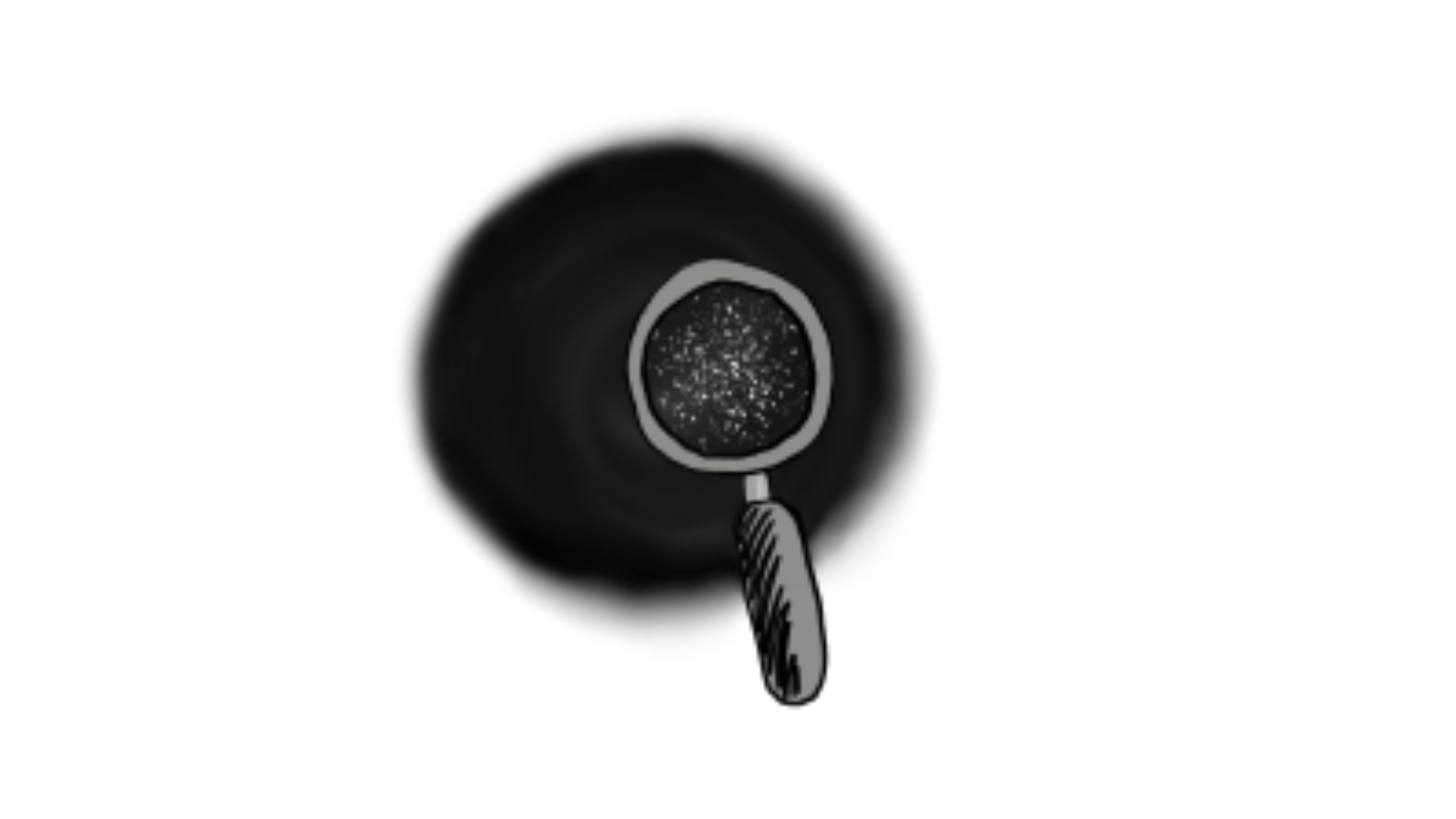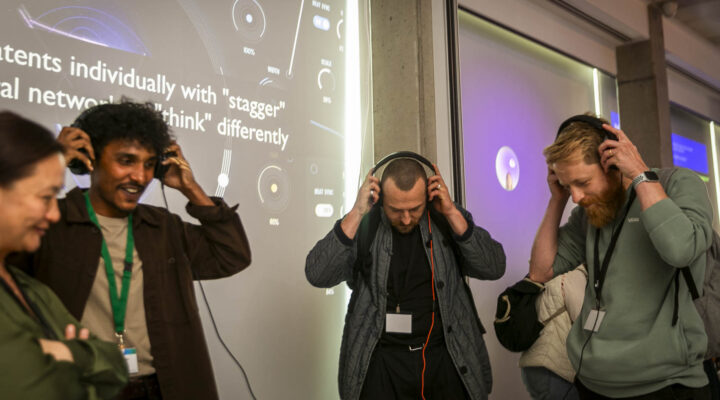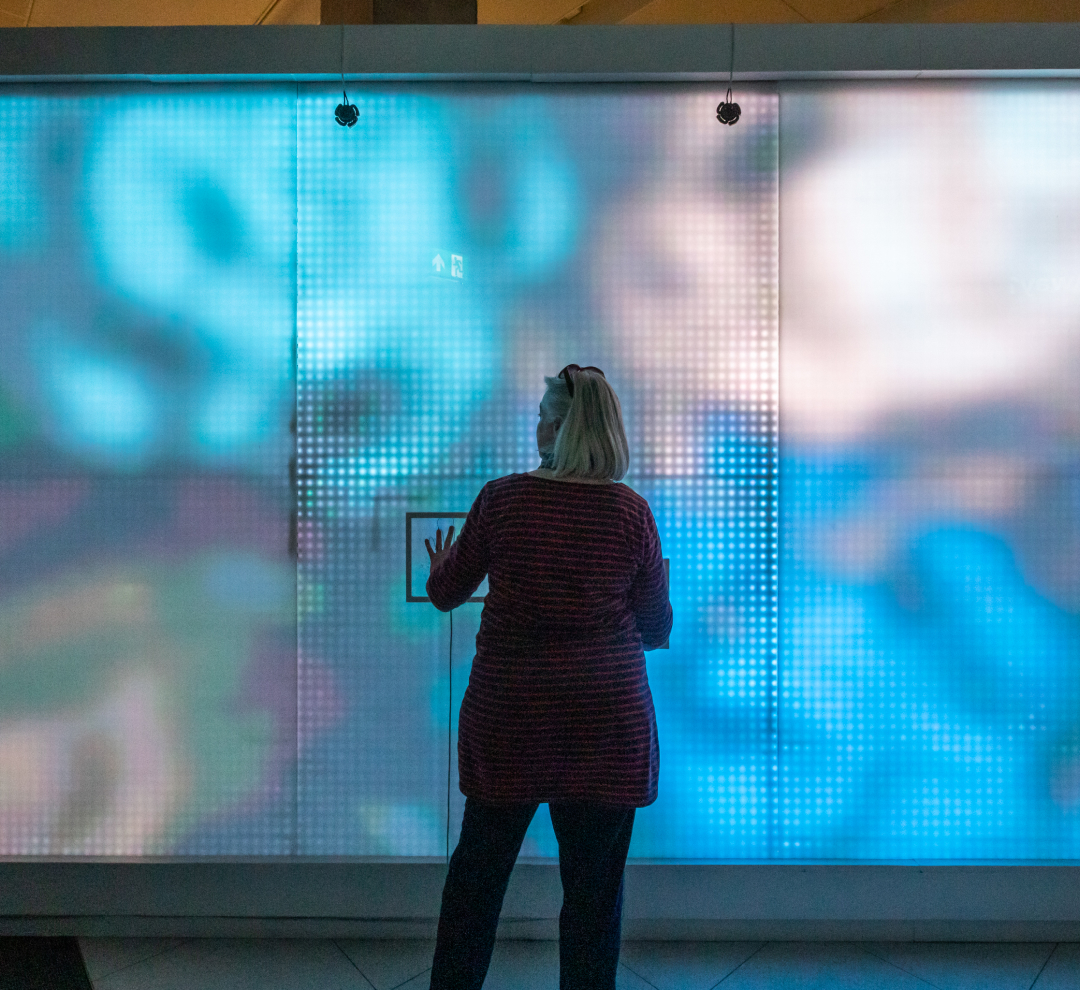
Data gaps for innovation and R&D activity in the creative industries
NEWS | 13 FEBRUARY 2023
How can we collect data about the creative industries for processing and analysis in a way which is more useful for data consumers (such as policymakers and funders) and for data producers (such as businesses and individual creatives)?
Today we release our white paper Detecting Dark Matter Data: data gaps for innovation and R&D activity in the creative industries. Practical recommendations in this paper should help organisations begin to answer these questions in their own contexts.
Although a wide variety of quantitative and qualitative data sources on the creative industries are available, policymakers and creative practitioners alike still struggle to use data effectively as a decision support tool in their strategic thinking and planning. In particular, there is tacit knowledge that sector activity occurs which is not well-captured through traditional economic analysis mechanisms. One research participant referred to this data gap as the ‘dark matter’ of the sector.
To support better decision-making for innovation in the creative industries, we need to shine a light on this ‘dark matter’ by
- Improving existing data sources with richer and more frequently updated information.
- Streamlining data collection processes to make them less onerous, particularly for small businesses and individual practitioners.
- Encouraging greater transparency about how and where data is used and shared after it is collected.
In this paper we outline our findings on how different groups of stakeholders think about innovation and data with respect to the creative industries. We look at where different viewpoints on these concepts create challenges for devising appropriate data capture, sharing and analysis mechanisms for the creative industries, with a particular focus on data gaps for innovation and R&D activity in the creative industries.
We look at the difference between data collected for monitoring against a benchmark, typically collected at the end of a project or funding programme with the goal of assessing its adherence to its goals, and analytical data collected throughout a project to inform tactical decision-making about near-term goals, and strategic decision-making about longer-term aims.
The white paper concludes with four core recommendations to key stakeholder groups working in and around the creative industries: policymakers and policy advisors, membership organisations and trade bodies, individual creatives and creative companies, and data platform providers.
- Develop a common data standard for easier data collection, processing & sharing.
- Collaborate on longitudinal tracking for better cross-sectoral comparisons.
- Improve data literacy for better strategic decision-making.
- Encourage interoperability to combine existing and new data sets in ways that add value.
We describe why each of these recommendations would be beneficial for improving a holistic creative industries data ecosystem that works for all stakeholders. We close with a series of provocation questions designed to spark reflection within each stakeholder context, and to provoke opportunities for change from each of these perspectives.
Read the full paper Detecting Dark Matter Data: data gaps for innovation and R&D activity in the creative industries.








